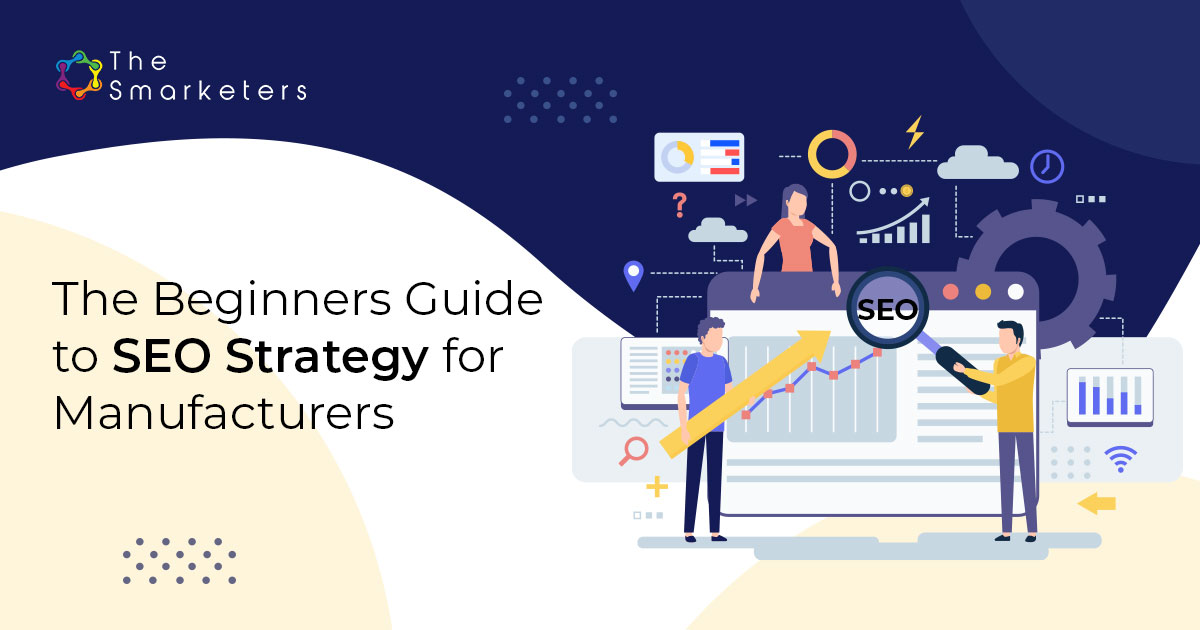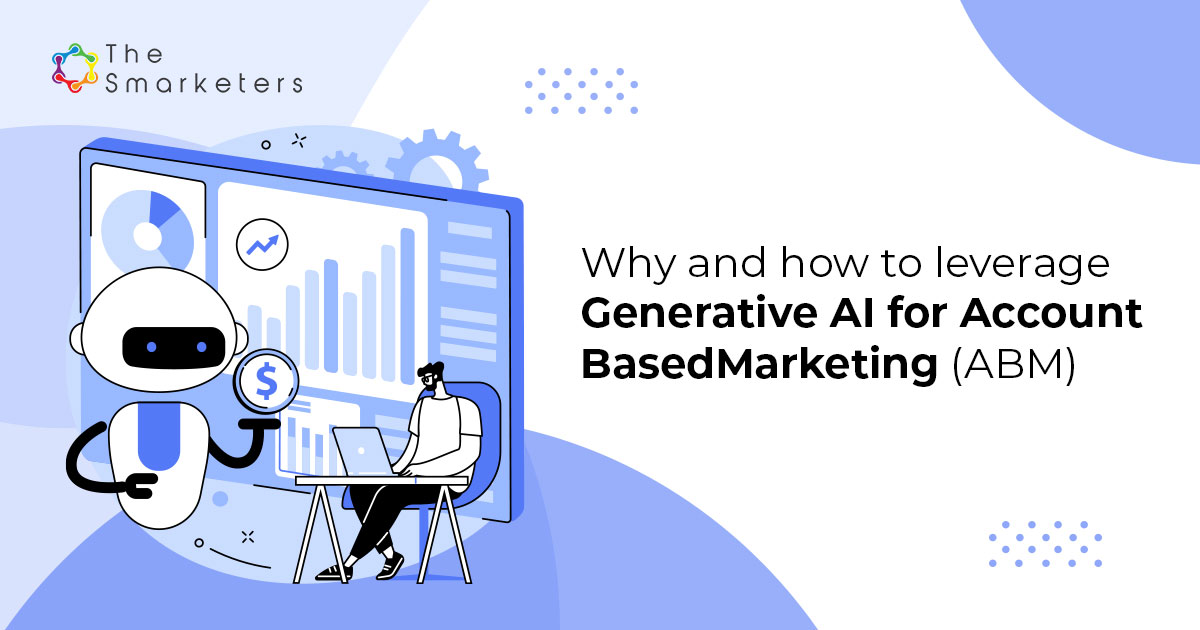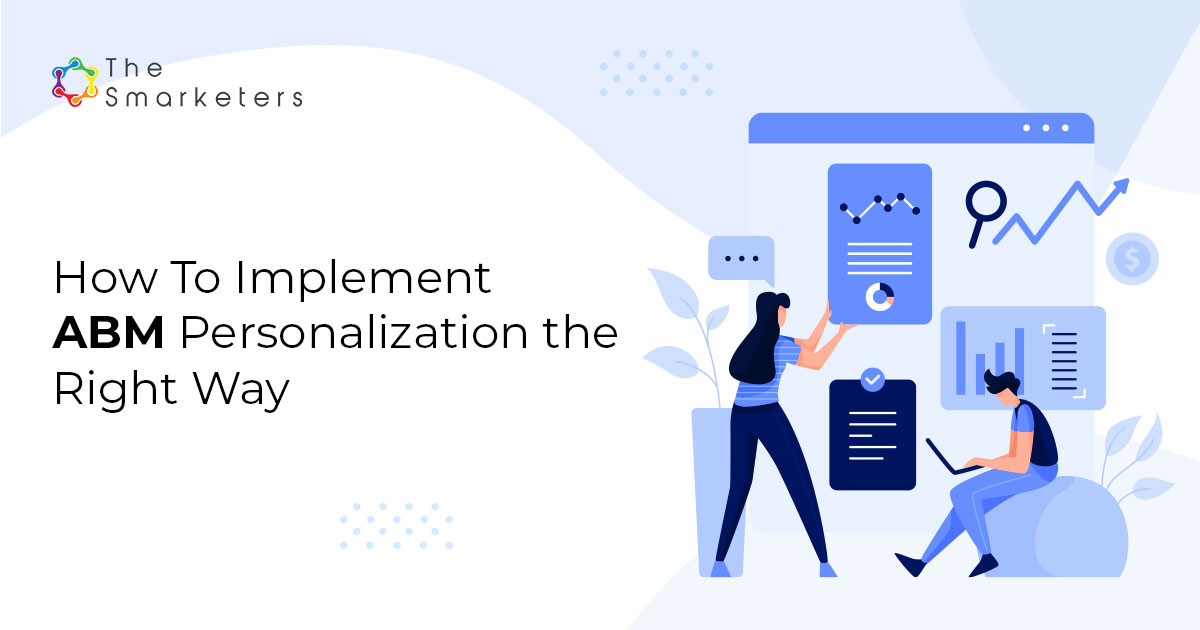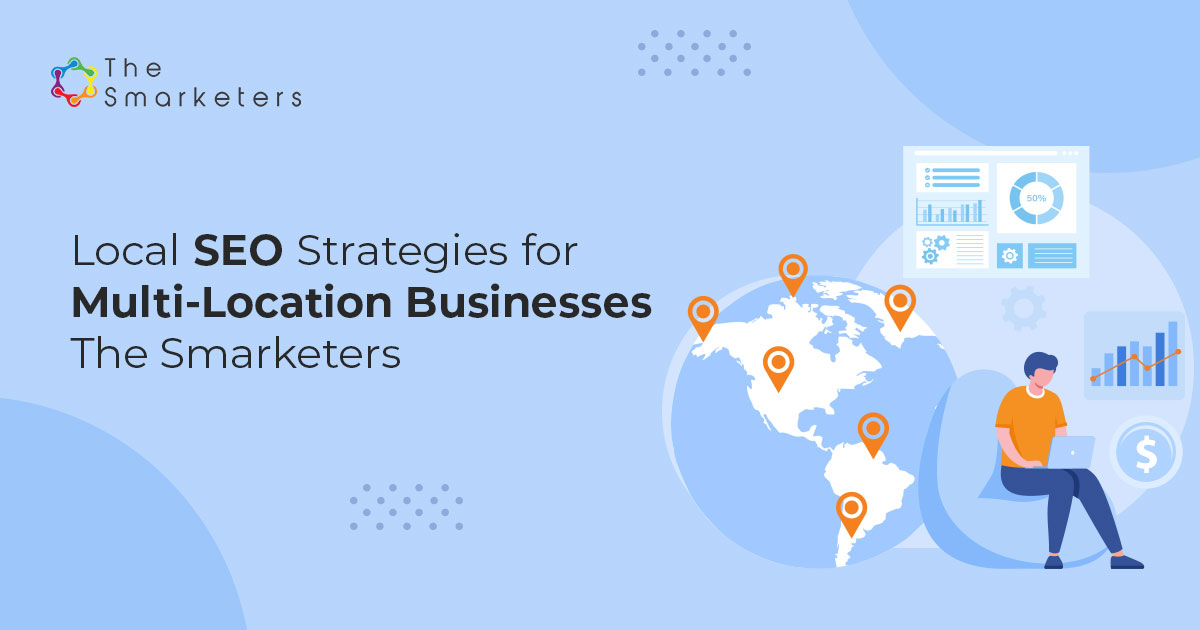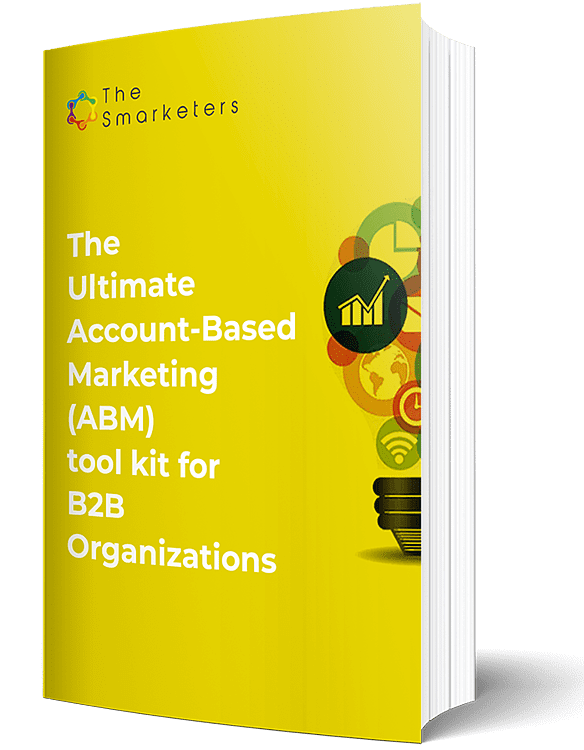Table of Contents:
- What is Data Unification?
- Why is Data Unification Important?
- How to Get Started With Data Unification?
- Things to Consider While Unifying Martech Stack
- Benefits of Unifying MarTech Solutions
- How to Achieve Data Unification?
- Takeaway
Data is essential for every business function, be it marketing, sales, operations, finance, etc. But contrary to B2C models (where conversions to sales are directly correlated), B2B companies mostly use a siloed approach. This siloed approach affects the conversion rate in the long run as it keeps teams unaware of customer data and behavior. Therefore, it has become essential for B2B organizations to unify customer data by leveraging data unification techniques. They must reconfigure their marketing solutions and must adopt an integrated MarTech stack that unifies the customer journey for better experiences, analytics, and automation. It will also help them in better internal alignment and increased revenue.
Unifying tech, marketing, and sales provide a pathway to common interdepartmental goals, including increased productivity, efficiency, and profitability. However, companies still in their emerging phase of marketing maturity experience common challenges during the unification process. Therefore, in this blog, we will have covered in detail data unification, its importance, and the right way to achieve it.
What is Data Unification?
Data unification is a framework for gathering raw data from different systems, sources, and formats to create a single or unified data source. It involves collecting, organizing, cleaning, de-duplicating, and exporting multiple data points (including the target customers’ online activity, demographics, pain points, preferences, etc.) from disparate sources. It demands a combined effort of human experts and advanced technologies (AI and ML).
A consolidated and reliable data pool drives business growth, ROI, and customer satisfaction.
Why is Data Unification Important?
While organizations generate and collect massive data volumes daily, they need to know where and how their data resides. This is because enterprise data lies in multiple disconnected silos, and a major chunk of it is dark. Since dark data remains hidden and unused, companies need to leverage the right data to understand operational metrics, customer behavior, campaign performance, etc. Data visualization and reporting become impossible in such a scenario.
Moreover, modern buyers expect an omnichannel and seamless customer journey and experience in B2B markets. They want to replace self-service with human engagement and vice-versa for richer and more informed buying experiences without stating their preferences repeatedly.
However, this back-and-forth path is incompatible with traditional sales and marketing funnels. So, businesses must adopt an agile approach to thrive in the competitive market.
Unifying data offers numerous business benefits:
- A reliable, unified data source can power analytics tools that can process it to extract meaningful insights. Business leaders can use these insights to make actionable decisions.
- Internal collaboration and productivity improve significantly when different teams work with unified and accurate data. Naturally, it unsilos workflows to enhance productivity and efficiency.
- By unifying enterprise data, companies can boost the time-to-value of technology investments, including ERP, CRM, etc.
Data unification balances a firm’s internal resources, providing complete transparency into the customer’s mindset and the latest market trends.
How to Get Started With Data Unification?
B2B companies in the nascent stage of marketing maturity may experience complexities while figuring out a data unification path. These firms are usually still in the learning phase of marketing fundamental elements like lead sources, customer segmentation, first-touch or last-touch-attribution, etc., gradually moving towards advanced metrics.
The idea is to take a stepwise approach to data unification.

- The first step in the data unification process starts with showing an actual project or use case that has yielded results, like unifying regional (geographic) data to fuel ABM strategies of a particular team (say, marketing or sales). Immediate results push C-suite executives and top stakeholders to aim for bigger goals.
- The second stage involves identifying and prioritizing the data suitable for achieving established goals. Creating a data mapping plan based on your goals will guide you on where to look for the right data. To improve your firm’s marketing performance, you must dive deep into historical and present marketing plans, campaigns, KPIs, and industry trends. The key is clearly defining the data you need for a specific business purpose.
- In the third phase, you must conduct a skills assessment of different teams. Before diving into the data unification process, it’s crucial to evaluate if your teams possess the required skills, including data collecting, cleansing, and analysis, ETL integration for marketing analytics, data management, etc.
- The final stage is where you set the governance rules and guidelines for the teams collaborating for data unification. Different units (IT, sales, marketing, etc.) need to bring their respective research to the table and brainstorm to connect various data points for a cohesive and unified view of business aspects.
Integrating the different teams can help create comprehensive customer profiles, offering an overview of every touchpoint in the buyer’s purchase journey. The marketing and sales teams can leverage the discovered metrics to manage the top-funnel demand.
The bottom line – data unification aligns business goals and streamlines enterprise data management.
Things to Consider While Unifying Martech Stack
Synchronizing internal teams and systems /tools is vital for organization-wide success. Interpreting offline and online customer needs (at each stage of their buyer’s journey) to help the marketing team to optimize and automate marketing operations.
But the constant evolution of MarTech solutions and customer expectations can complicate the company’s MarTech stack if the priorities aren’t aligned correctly.
Poor integration among the tech systems is the main barrier preventing marketing and sales teams from delivering excellent customer experiences. Companies working with multiple vendors or technologies feel the pinch in the absence of a unified platform.
Data unification sources help to reduce costs by at least 25-35% while boosting the speed to market by 30% (1). Combining the marketing stack, modernizing applications, and pruning legacy systems will improve customer experiences, reduce costs, streamline marketing efforts, and minimize code maintenance and data/workflow silos.
Here’s what you need to do to unify your MarTech stack:
1. Single customer view
Over 90% of a customer’s journey needs to travel across different touchpoints and devices to complete a single task that generates much data. Outdated CRM systems cannot process, interpret and sync the data in real time. Companies need an integrated platform to collate different touchpoints to create a single customer view (SCV) for data unification.
SCV provides all teams and departments with the necessary data for enhanced performance reporting. B2B marketers can use accurate data insights to create innovative marketing strategies to attract the target user base. Similarly, customer support agents can use SCV insights to address customer requests/tickets.
Data-driven marketing campaigns and prompt grievance resolution will enhance customer experience, increasing customer lifetime value (CLV).
2. Cross-account reporting
As the business grows, it is essential to have a martech stack that grows along with it. Whether your business is available in multiple storefronts or operates in various locations with different currencies, you must pull all sales, marketing, and campaign activities on a single platform.
Through cross-account reporting across different divisions/regions, business leaders can get a panoramic view of the overall company performance. This approach highlights the strengths and weaknesses of different teams, potential risks, and new opportunities.
Cross-account reporting can also identify the accounts and campaigns churning high returns. Marketers can focus on these high-priority accounts to drive more profits.
3. Open integrations
For data unification, companies must opt for open integrations that allow them to add newer tools/systems to their existing stack. An open integration framework (OIF) allows you to seamlessly integrate with third-party apps, build external connectors, and even trigger automated actions for various tasks.
OIF transforms how companies use their integrations, letting them tap into the right data when required. It helps businesses scale and fortifies their tech stack as they expand.
The best part about using the OIF framework is that its open integration nature lets users enjoy the freedom to integrate with any security tool without compromising their SecOps workflow. In other words, it also eliminates security concerns that usually accompany open integrations.
Benefits of Unifying MarTech Solutions

There are several benefits to unifying the customer journey across sales, marketing, IT, and customer support. Below are the three benefits of unifying marketing technology.
- An organization can deliver higher value to customers showing active interest in its products/services, especially if vital metrics (behaviors, preferences, age, etc.) are present at different interaction touchpoints.
- Customer data unification at every conversion stage provides granular insights for analysis and reporting. It uses collated customer data to create omnichannel customer profiles. Thanks to these unified customer profiles, marketers can view the totality of the buyer’s journey, delivering tailor-made solutions.
- When business data across all parallels are easily accessible to engagement tools, marketers can increase the value of every revenue strategy through smarter segmentation, automation, and personalized messaging.
How to Achieve Data Unification?
Accomplishing data unification is a challenging task involving multiple elements. Hence, B2B firms aiming for data unification must create a well-planned unified marketing strategy.
1. Developing a comprehensive data strategy
Often, marketing agencies spend a ton of money on data analytics but lack a comprehensive data strategy. Instead, they rely on ad-hoc and loosely coupled systems for data integration. Moreover, the data remains in separate silos that cannot be queried in real-time. Companies need proper strategy and integration to generate an accurate 360-degree view of their business data.
Thus, business leaders and marketers must define the data objectives covering essential queries (e.g., which users require data access, how to measure the success of data-driven initiatives, which data metrics to analyze, etc.). They must put together a skilled data management team, including IT experts (data analysts, data scientists, and IT managers) who excel in distilling data insights.
Finally, firms should determine how to store, access, or secure data for real-world applications. They can either build a customer data platform in-house or partner with data integration service providers.
2. Identifying data sources
Identifying and narrowing down the marketing data sources is necessary to avoid unnecessary complexities and expenses. For instance, marketing organizations must refrain from gathering clickstream data from Adobe Analytics when using Google Analytics for user behavior data.
Specific data attributes – like a customer’s purchase history – are usually stored in internal databases. However, most of the data must be exported from the source. So, organizations need an ETL tool that is pre-built and connected to the sources to ensure smooth data flow and integrity. ETL tools are designed to gather the data from the source, clean it and upload it in simple formats to an external data warehouse. This allows different teams to access, read, and analyze data when needed.
3. Data unification via an easy-to-use data management/integration platform
After the data is collected and cleaned, it must be stored in a single platform that supports structured and semi-structured patterns. The data management framework must be scalable and flexible for real-time data integration. It should have a single source with merged datasets readily accessible to all teams.
The solution is to use a platform with impressive computing power and scalability. It should produce outputs quickly and eliminate data scheduling and batching concerns. This will let technical and non-tech stakeholders view dashboards while making crucial business decisions. All teams (business development, product team, finance, sales, marketing, etc.) can use the insights for business-critical decisions.
Apart from these, the framework must have advanced security controls to avoid data breaches or misuse of sensitive business information.
A centralized data management platform enables real-time data tracking, reduces ad spending using insights, drives marketing campaigns, etc. You can prioritize focus areas based on the data insights and encourage relevant teams to channel their energies toward the right goals.
Takeaway
B2B marketing companies have a wealth of data to create a seamless and fruitful connection between sales and marketing. Now it’s time to step out of the siloed workflow and embrace a unified and integrated approach.
Keeping data in a centralized repository enhances collaboration and transparency across the organization. Through data unification, B2B brands can optimally use data for better decisions and improved ROI. Do you wish to create a unified MarTech stack? If YES, speak to a Smarketer today!



